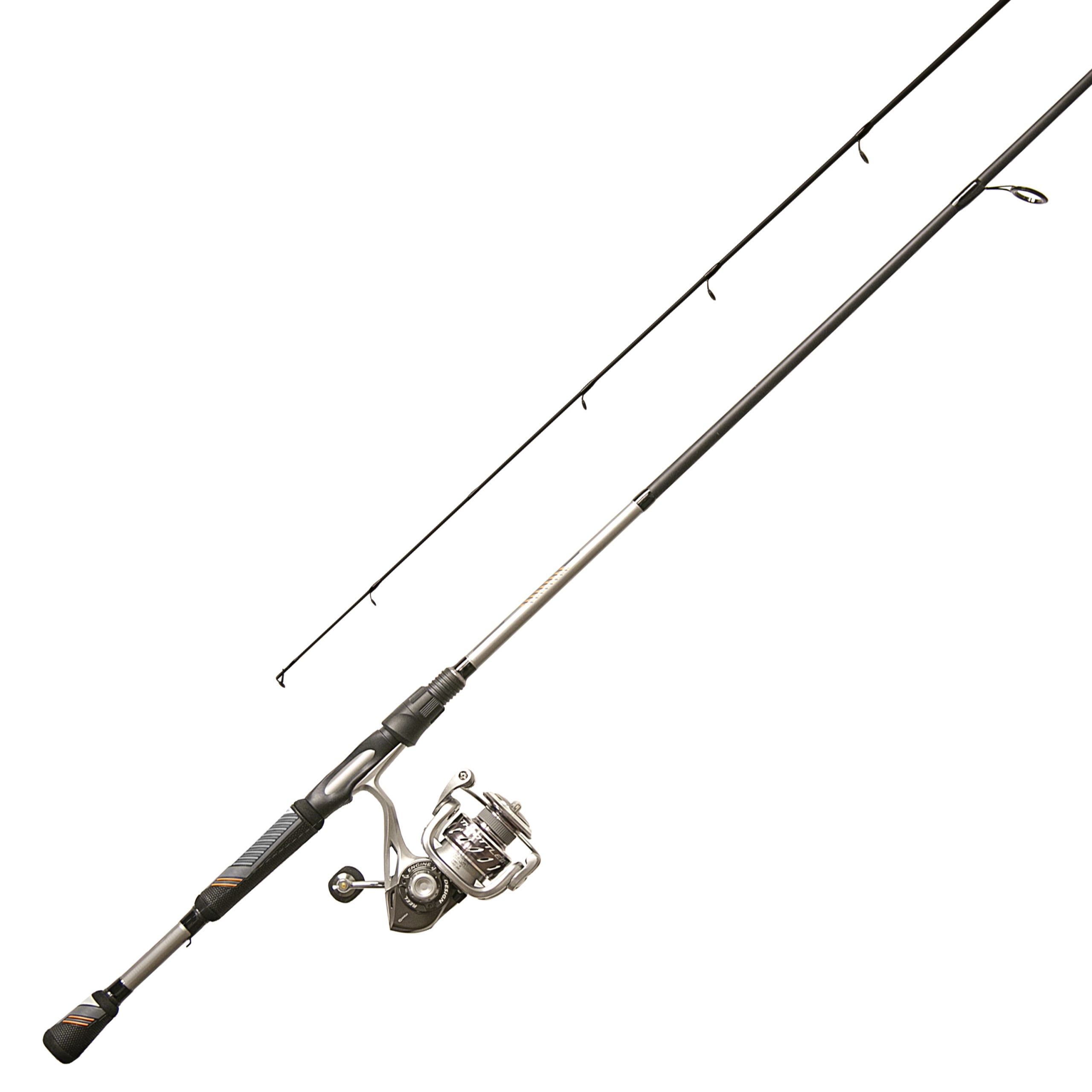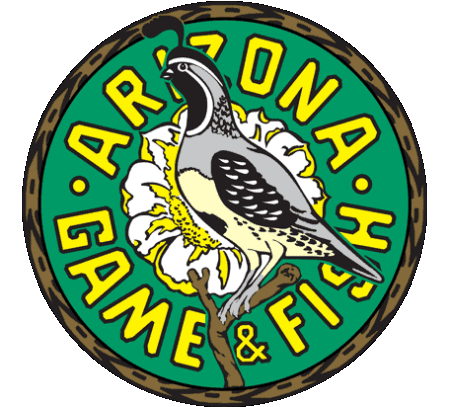Striped Bass Juvenile Numbers Appear Down in Maryland – Lake Havasu
ANNAPOLIS, Md. – The 2002 striped bass (rockfish) juvenile index in Maryland is 4.7, down from the long-term average of 11.7, said Eric J. Schwaab, director of the state Department of Natural Resources (DNR) Fisheries Service.
“Striped bass populations have highly variable reproductive success from year to year, with several years of average year-classes interspersed with occasional large and small year-classes,” Schwaab said. “It is not uncommon for a dominant year-class, such as 2001, to be followed by a below-average year class.”
During this year’s survey, biologists collected 624 young-of-year (YOY) striped bass. Reproduction in the Potomac and Nanticoke rivers was near average, with indices of 7.0 and 7.8. The Upper Bay index of 3.1 was well below its long-term average. The Choptank River index of 0.7 was the lowest of all areas sampled.
Overall, reproduction of fish that migrate into fresh water to spawn was low in 2002, perhaps due to drought conditions, officials said. One exception occurred in the Potomac River, where biologists documented near-record numbers of juvenile American shad. Once fished heavily commercially, American shad are currently under a protective moratorium.
Biologists have monitored the reproductive success of striped bass in Maryland’s portion of the Chesapeake Bay annually since 1954. There are 22 survey sites located in the four major spawning systems: Choptank, Potomac, and Nanticoke rivers, and the Upper Bay.
Biologists visit each site monthly from July through September, collecting fish samples with two sweeps of a 100-foot beach seine. The index is calculated as the average catch of YOY striped bass per sample. – Lake Havasu








0 Comments